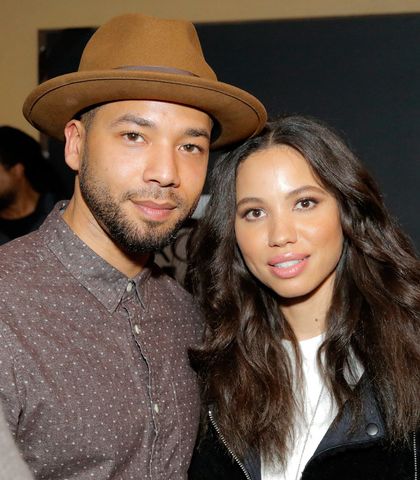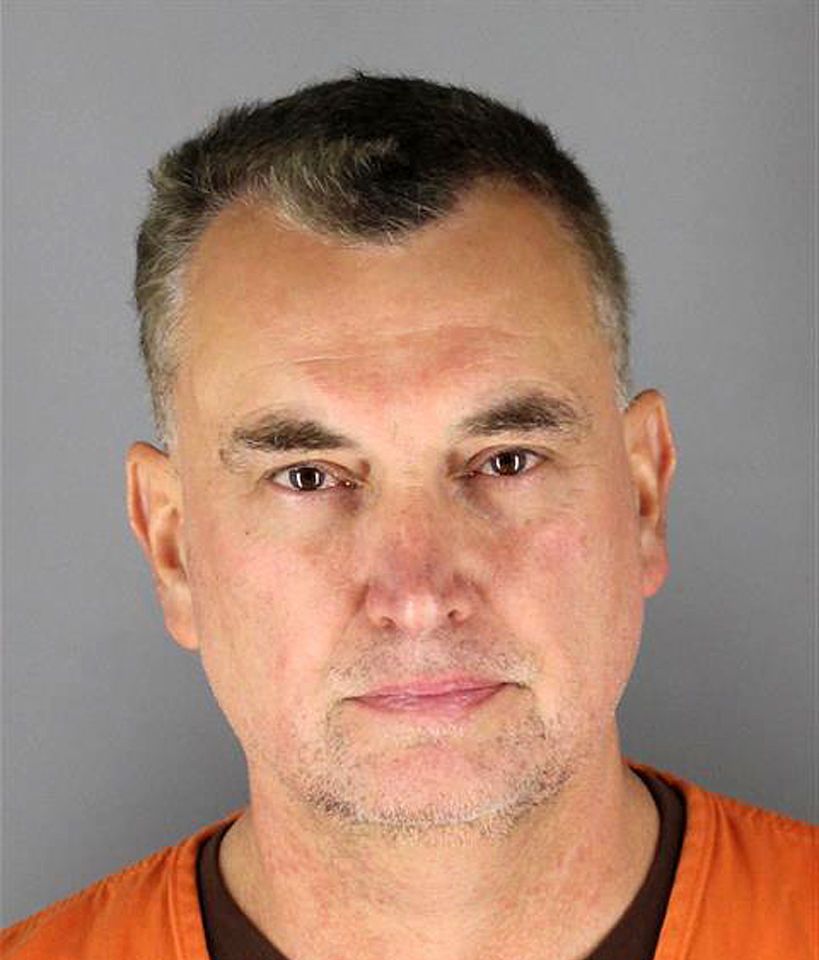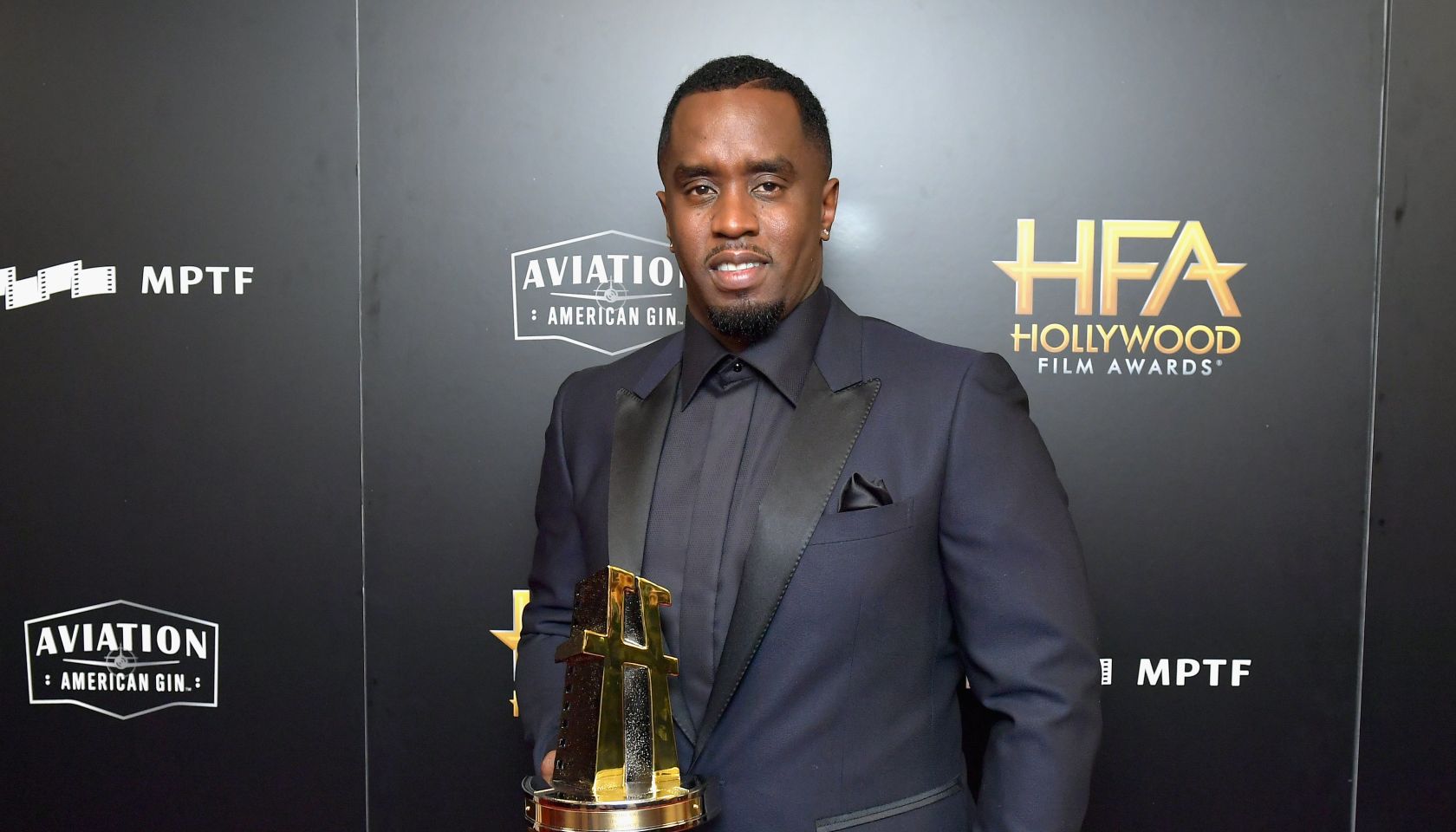Rise Up! Sisters Do It For Themselves In New Season Of ‘Underground’
Even in this “golden age of Black television,” WGN America’s Underground is an unlikely hit. A series about slavery is one thing, but one about resisting slavery is quite another. Yet Underground is back for its sophomore season. And like its debut, the second season that premiered Wednesday takes place in March, Women’s History Month. Truth be told, estrogen is this show’s secret weapon. And that’s crystal clear this go round.
Underground got its spark from writer-producer Misha Green, who then created the show with fellow Heroes alum Joe Pokaski. Anthony Hemingway, best known for directing The Wire and Red Tails, as well as John Legend, are well-known partner. So perhaps that’s why its inaugural season was more testosterone-fueled. Hell-bent on freedom, Noah, played by Aldis Hodge, recruited a largely male squad, with the exception of timid house slave Rosalee, played by Jurnee Smollett Bell, to escape the plantation in Macon, Georgia.
The pursuit of freedom
This season, things have changed. There is no big house. And the pursuit of freedom is certainly not free, as once familiar faces have disappeared. And it’s not largely male-driven. As foreshadowed in the season one finale, women are far more central this season. For example, Harriet Tubman, played by Aisha Hinds, is in the Underground crew. While she is certainly a supporting character, her presence and notoriety gives Rosalee a tremendous confidence boost, plus it further entangles Patty Cannon, also introduced last season, into the storyline. Cannon is and was a notorious White female slave hunter.
Since Underground is set around the Civil War and Cannon died almost 30 years prior, her presence is anachronistic. But whether Cannon was actually around or not during the era isn’t the point. After all, based on Underground’s narrative, Rosalee and Tubman wouldn’t have met either since there is no evidence Tubman frequented any of the locales presented on the show. From the beginning, Underground has been most invested in disrupting how slavery has been presented. And this season’s most productive stock is its complex insertion of women.
But how does an enslaved woman who is human property with no more rights than a chair tell her slave owner not to rape her?
Plantation mistress vs. slave mistress
Cannon’s presence counters portraits of White female allies like Jessica De Gouw’s Elizabeth Hawkes, who becomes an abolitionist, as well as the passive aggressive White female adversary channeled last season by Andrea Frankle as plantation mistress Suzanna Macon. Suzanna despised Ernestine, Rosalee’s mother played by Amirah Vann, because of her husband’s affection for her. But how does an enslaved woman who is human property with no more rights than a chair tell her slave owner not to rape her? Cannon, in contrast, has no such personal connection and is, for the most part, an ambivalent opportunist. Either way, she is not a figure we are used to seeing in any depictions of slavery.
Underground also challenges conceptions of female domestication with its “sewing circle” by showing women, Black and White, who do more than bake cookies. It is also a rare portrait of a collaborative relationship between White and Black women where the power dynamics appear more equitable and White female privilege, in particular, is used for good.
Ernestine is especially interesting this season as the show digs deep, exploring the guilt, grief, loneliness and other emotions many enslaved mothers must have felt. Without any of her children, Ernestine is off kilter. She is depressed and self-medicates. At points, she is dangerously suicidal.
Slavery’s strain on Black male female relationships is another touchpoint for Underground. This season Ernestine is in a very complex and perplexing relationship with a new man, Hicks, played by Robert Christopher Riley, probably best known as basketball player Terrence Wall from Hit the Floor. As for Rosalee and Noah, their attraction for one another, which has been a driving force in the series, hasn’t disappeared but it has taken an agonizing turn. And, again, slavery is certainly to blame.
It is also a rare portrait of a collaborative relationship between White and Black women where the power dynamics appear more equitable and White female privilege, in particular, is used for good.
Rosalee’s separations from Noah, however, prove transformative for her in many ways. Darkness, however, accompanies that metamorphosis. Actually the second season begins far more disjointed, displaced if you will, than last. It is palpably darker in tone. The danger felt under the stares of overseers and slave masters prone to spontaneous outbursts of cruelty is more than matched in this uncharted and arduous journey where nature is particularly unkind.
Whether viewers respond well to this season’s notable stark tone remains to be seen. What is not in question is the value in Underground’s upgraded commitment to not just its female characters, but to the pivotal role women, particularly Black women, have played in our nation’s history. Hearing Sojourner Truth’s “Ain’t I a Woman?” on a primetime show is never wrong. Through Rosalee and Ernestine, Underground dares to insert not only how Black women then dealt with enslavement and its strains on self, love, motherhood and more, but how they actively resisted the hideous institution. And that’s a refreshing perspective in any month.
Ronda Racha Penrice is the author of African American History For Dummies. Follow her on Twitter at @rondaracha.
SEE ALSO:
















